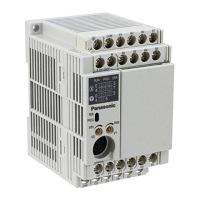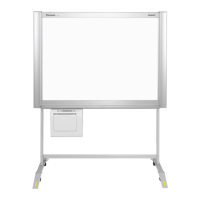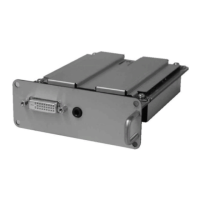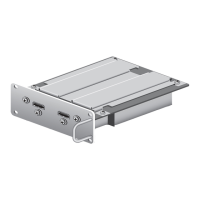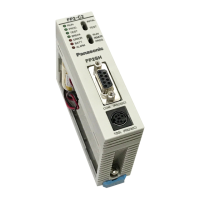Chapter 17
LCD
XVII - 18 Operation
17.3.2 Voltage Booster Circuit (BSTVOL)
This LSI has a built-in booster circuit (BSTVOL) for LCD drive which generates a voltage of 2 or 3 times the
LCD reference voltage.
2 or 3 Times Boosting
When BSTVOL generates 2 or 3 times, input the LCD reference voltage (V
LC3
) from VLC3 pin.
(When REFVOL is used, the above voltage input is not needed.)
Three times the reference voltage (V
LC3
) is output from VLC1 pin, and two times the reference voltage (V
LC3
) is
output from the VLC2 pin.
Insert a capacitor at VLC1-VSS, VLC2-VSS and C1-C2 pins.
2 Times Boosting
When BSTVOL generates 2 times, input the LCD reference voltage (V
LC2
= V
LC3
) from the short-circuit pin of
VLC2 and VLC3 pins.
2 times the reference voltage (V
LC2
(V
LC3
)) is output from VLC1 pin.
Insert a capacitor at VLC1-VSS and C1-C2 pins.
..
In 2 or 3 times boosting, the condition of "1/3 × V
DD30
≤ V
LC3
≤ 1.2 V" must be ensured.
In 2 times boosting, the condition of "1/2 × V
DD30
≤ V
LC2
(= V
LC3
) ≤ 1.8 V" must be ensured.
..
17.3.3 Reference Voltage Circuit (REFVOL)
This LSI has a built-in reference voltage circuit (REFVOL), which can be used with BSTVOL to generate LCD
drive voltage. The output voltage of REFVOL is independent of VDD30, and is generated from 0.9 V to 1.8 V.
REFVOL outputs the reference voltage from VLC3, and BSTVOL outputs the boost voltage from VLC1/VLC2.
When using the BSTVOL and the REFVOL, connect a capacitor of 0.22 µF to VLC1, VLC2, VLC3, C1 and C2.
For more details, refer to [17.3.4 LCD Drive Voltage Selection].

